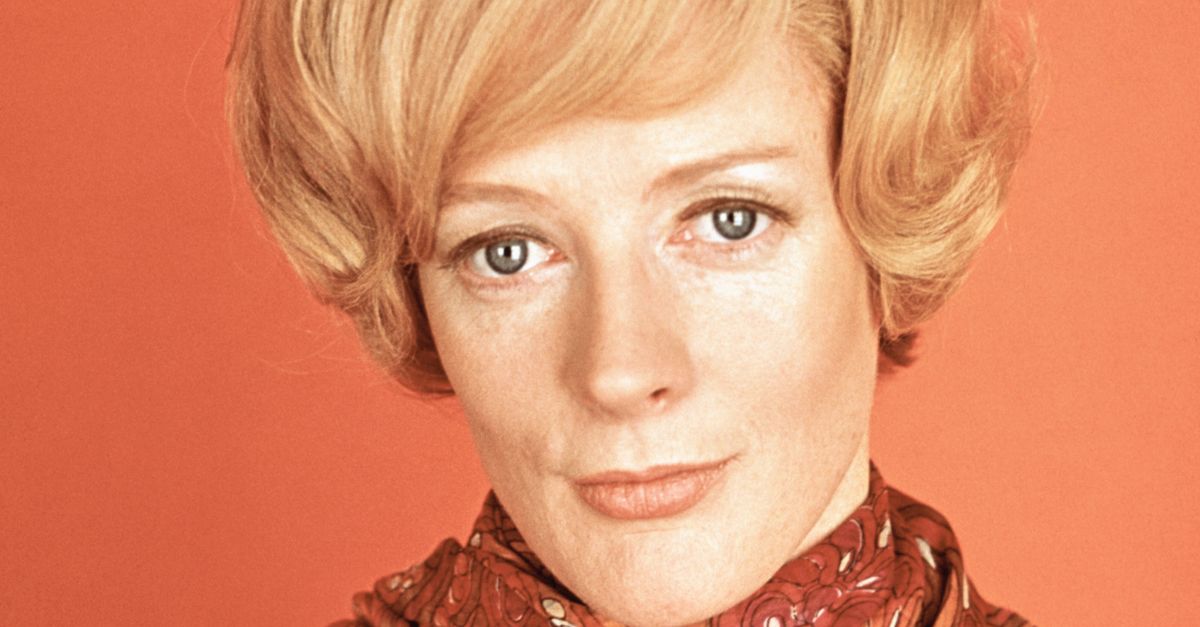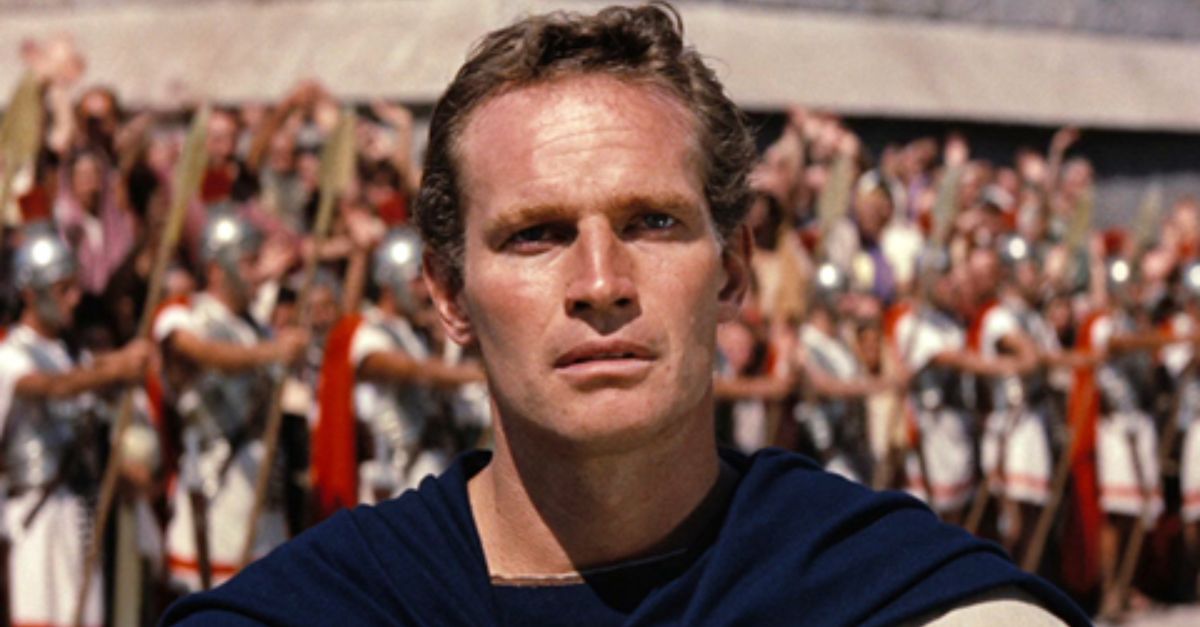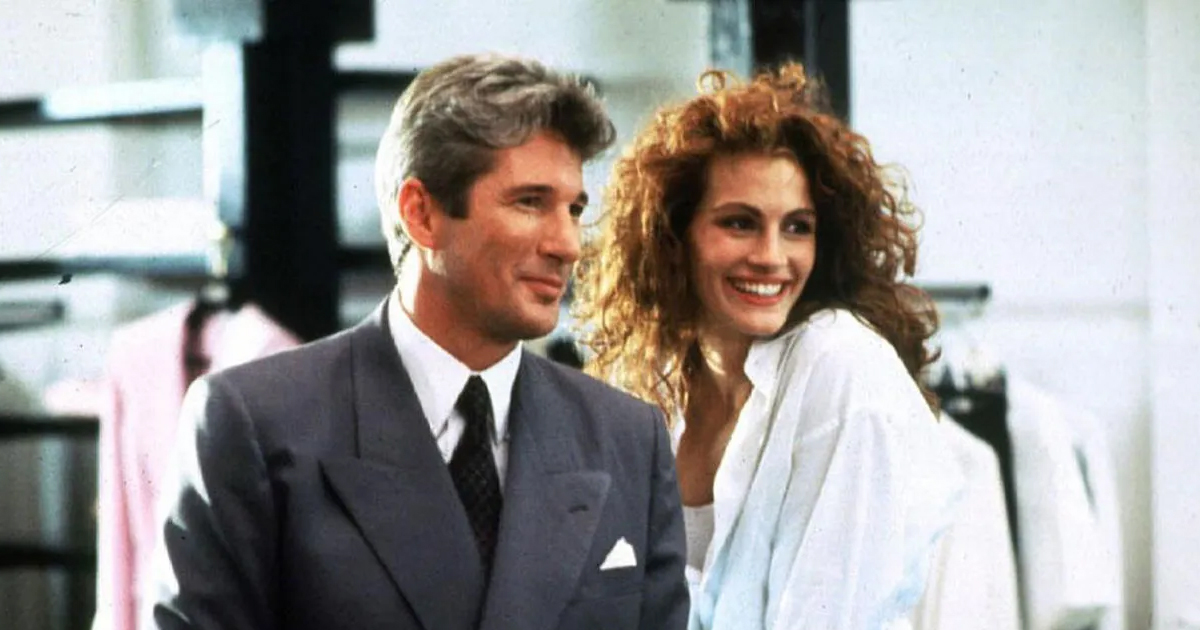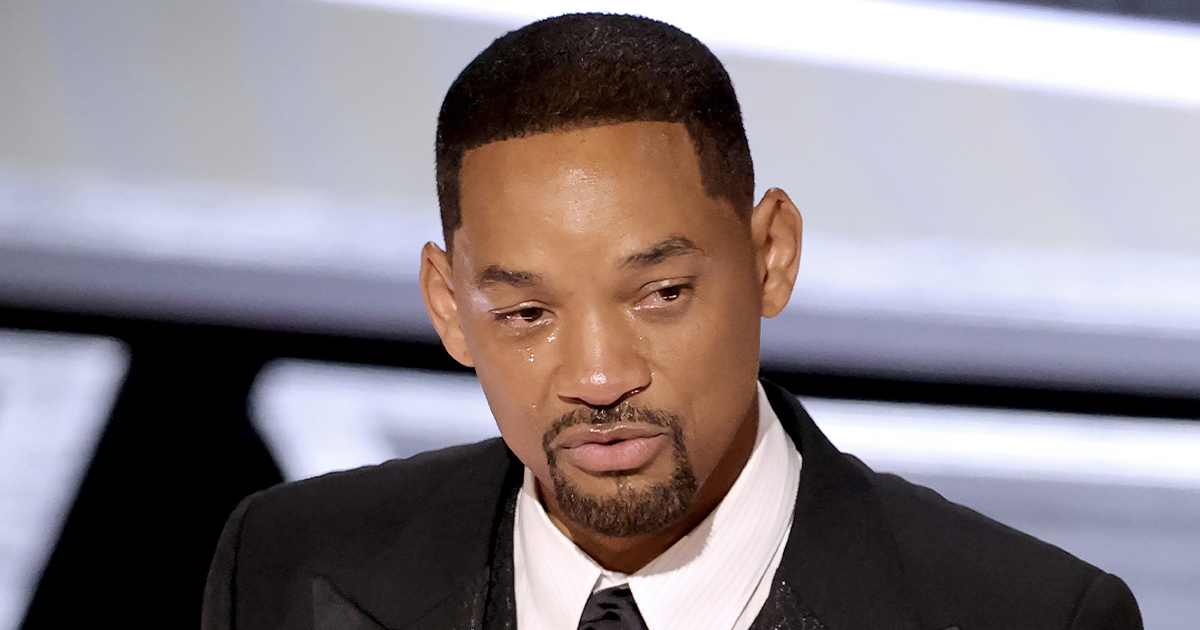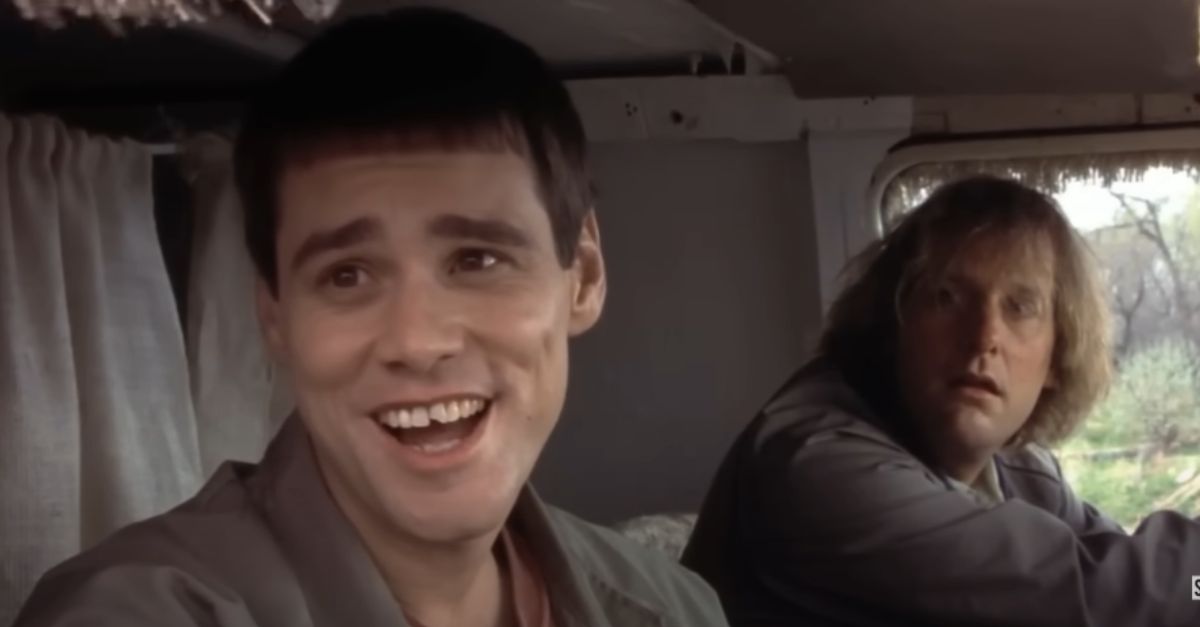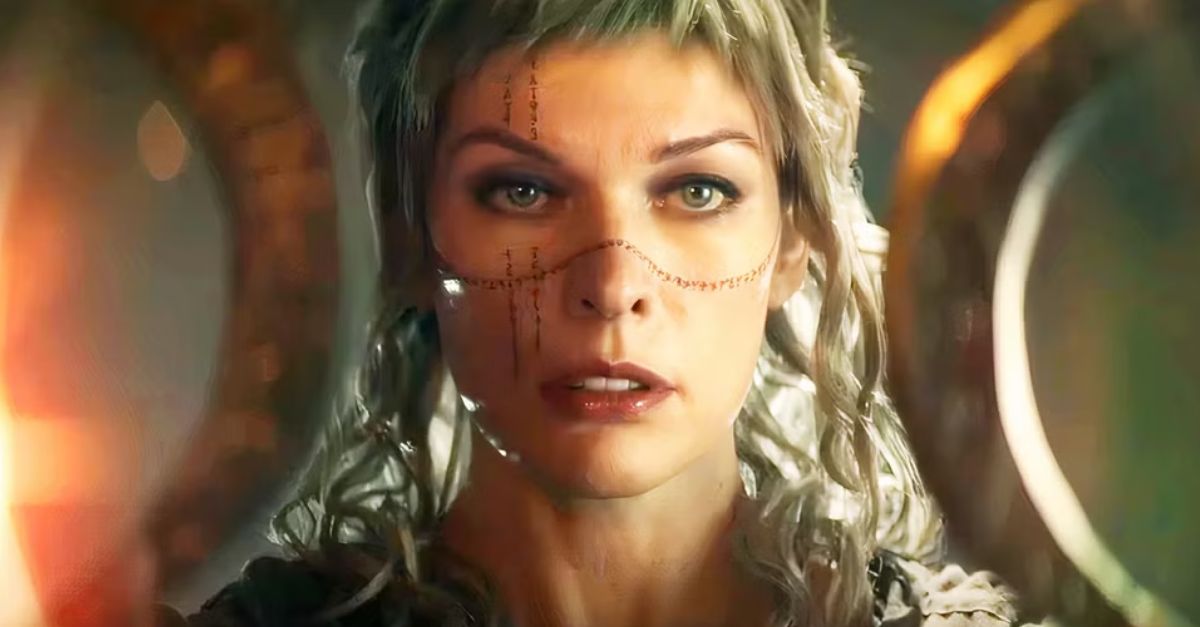So Much Talent, So Little Recognition
Hollywood shifted gears in the 60s, but not everyone got to ride the wave. Some actresses lit up the screen, carried entire scenes—but somehow, the spotlight kept moving without them.

Jean Seberg
Her breakout role in Breathless (1960) launched her as a French New Wave icon. Yet back in America, the FBI’s surveillance of her support for the Black Panthers led to brutal media attacks. In the fallout, Hollywood lost interest, and studios quietly distanced themselves.
 A Brief Look at Breathless 1960 | Jean-Luc Godard by For All You Cineastes
A Brief Look at Breathless 1960 | Jean-Luc Godard by For All You Cineastes
Shirley Knight
Critics saw something real in her: depth, honesty, a kind of presence that didn’t fit the usual starlet image. But as studios chased flashier names, big roles slipped past her. Even with two Oscar nods, she was boxed into supporting parts that never showed what she could truly do.
 Frank Driggs Collection, Wikimedia Commons
Frank Driggs Collection, Wikimedia Commons
Barbara Loden
Barbara Loden didn’t wait for the green light—she made Wanda her way. Wrote it, starred in it, shot it outside the system. Even with Elia Kazan as her husband, she carved her own path. The film disappeared quietly, but years later, people finally started to see what she’d built.
 Wanda (1970) Trailer HD | Barbara Loden | Michael Higgins by Film Trailer Channel
Wanda (1970) Trailer HD | Barbara Loden | Michael Higgins by Film Trailer Channel
Dorothy Dandridge
She made history as the first Black woman nominated for Best Actress, but Hollywood didn’t follow through. As the 60s rolled on, the roles got smaller, more insulting. She turned them down, held her ground until the offers stopped coming. By 1965, her career and finances were in free fall.
 Carmen Jones (1954) Clip | Out on BFI Blu-ray 19 September | BFI by BFI
Carmen Jones (1954) Clip | Out on BFI Blu-ray 19 September | BFI by BFI
Carroll Baker
As American roles disappeared, Carroll Baker sought work in Italy and found steady roles in European films. Her momentum had begun earlier with a bold turn in Baby Doll (1956). However, legal disputes and contract issues with studios quietly closed off her path in Hollywood.
Geraldine Chaplin
Fluent in three languages, she shaped a film career that largely unfolded outside the United States. Geraldine Chaplin starred in acclaimed Spanish films by Carlos Saura, and her performance in Doctor Zhivago (1965) gained international notice. Yet, lasting Hollywood roles never materialized despite early momentum.
 Culver Pictures, Wikimedia Commons
Culver Pictures, Wikimedia Commons
Sue Lyon
She won a Golden Globe early in her career, yet meaningful roles never followed. Over time, interest in her screen presence steadily waned. At just 14, Sue Lyon took the lead in Lolita (1962), and the media’s fixation on her image made casting difficult.
 Stanley Kubrick, Wikimedia Commons
Stanley Kubrick, Wikimedia Commons
Claudia Cardinale
Claudia Cardinale starred in classics like The Leopard (1963) and 8½ (1963). Unfortunately, her Hollywood impact never matched her European success. American distributors would often dub her voice, which undercut her presence. While her performances were rich with emotion, Hollywood zoomed in on her looks.
Joanna Pettet
Although Joanna Pettet gained praise for her work in ensemble hits like The Group (1966), studios did her a disservice by never pushing her toward a leading role. The lady moved with ease across genres, from spy thrillers to TV dramas, but somehow, she remained sidelined while others advanced.
Paula Prentiss
The Bachelor In Paradise (1961) actress rarely headlined, despite being acclaimed for her tall stature and expressive delivery. Her comic timing lit up films like Where the Boys Are (1960), but Hollywood mostly cast her as a sidekick. Eventually, a breakdown in the late 60s halted her momentum entirely.
 Where the Boys Are (1960) Original Trailer [FHD] by HD Retro Trailers
Where the Boys Are (1960) Original Trailer [FHD] by HD Retro Trailers
Carol Lynley
She moved from modeling to movies and made a quiet splash with Blue Denim. People noticed her soft voice, her gentle presence, but that also boxed her in. As the years passed, the “girl next door” tag didn’t fade, and the weightier roles just stopped coming.
 CBS Television, Wikimedia Commons
CBS Television, Wikimedia Commons
Sarah Miles
British studios struggled to promote her internationally, despite her winning the Special Jury Prize at the Cannes Film Festival. Even though her strongest work remained largely unseen outside Europe, where distribution efforts failed to match her critical acclaim, Miles still delivered complex performances in her films, including The Servant (1963).
 The Servant (1963) - Barrett and his ‘sister’ by Paul Thompson
The Servant (1963) - Barrett and his ‘sister’ by Paul Thompson
Barbara Harris
Now, here is a rare case of an actress who focused on roles that interested her by turning down major film offers. Barbara Harris won a Tony and earned an Oscar nomination, but she never chased stardom. Her work in Nashville and A Thousand Clowns was (and still is) legendary.
 A THOUSAND CLOWNS (1965) Clip - Barbara Harris & Jason Robards by Dreams Are What Le Cinema Is For
A THOUSAND CLOWNS (1965) Clip - Barbara Harris & Jason Robards by Dreams Are What Le Cinema Is For
Jean Simmons
Roles quickly became fewer as the decade progressed, despite Jean Simmons’s starring roles in Elmer Gantry and Spartacus. The actress had already achieved fame in the 1950s, but her classical style felt out of place in the new era shaped by method acting and shifting tastes.
 Elmer Gantry 1960 with Burt Lancaster, Shirley Jones, Jean Simmons, and Dean Jagger by QueensLadyDay
Elmer Gantry 1960 with Burt Lancaster, Shirley Jones, Jean Simmons, and Dean Jagger by QueensLadyDay
Elsa Martinelli
Although she worked with directors like Orson Welles and Mario Monicelli, Hollywood mostly cast her for her visual appeal, rather than the deeper roles she was capable of handling. Still, Elsa Martinelli remained a European favorite, even after her performance in Hatari! (1962) introduced her to American audiences.
 Mario Monicelli, Wikimedia Commons
Mario Monicelli, Wikimedia Commons
Vera Miles
Although Miles appeared in Psycho (1960), she never received the career boost. She was originally cast in Vertigo but was replaced by another actress. Director Alfred Hitchcock praised her talent at some point, but that was about it. He didn’t push the studios to keep casting her.
 The Truth About Mother - Psycho (11/12) Movie CLIP (1960) HD by Movieclips
The Truth About Mother - Psycho (11/12) Movie CLIP (1960) HD by Movieclips
Inger Stevens
She had real presence on screen—The World, the Flesh and the Devil showed just how much. But her career never truly took off. In 1970, news broke that Inger Stevens had died at just 35. Officially, it was an accidental overdose, but whispers hinted at something more heartbreaking.
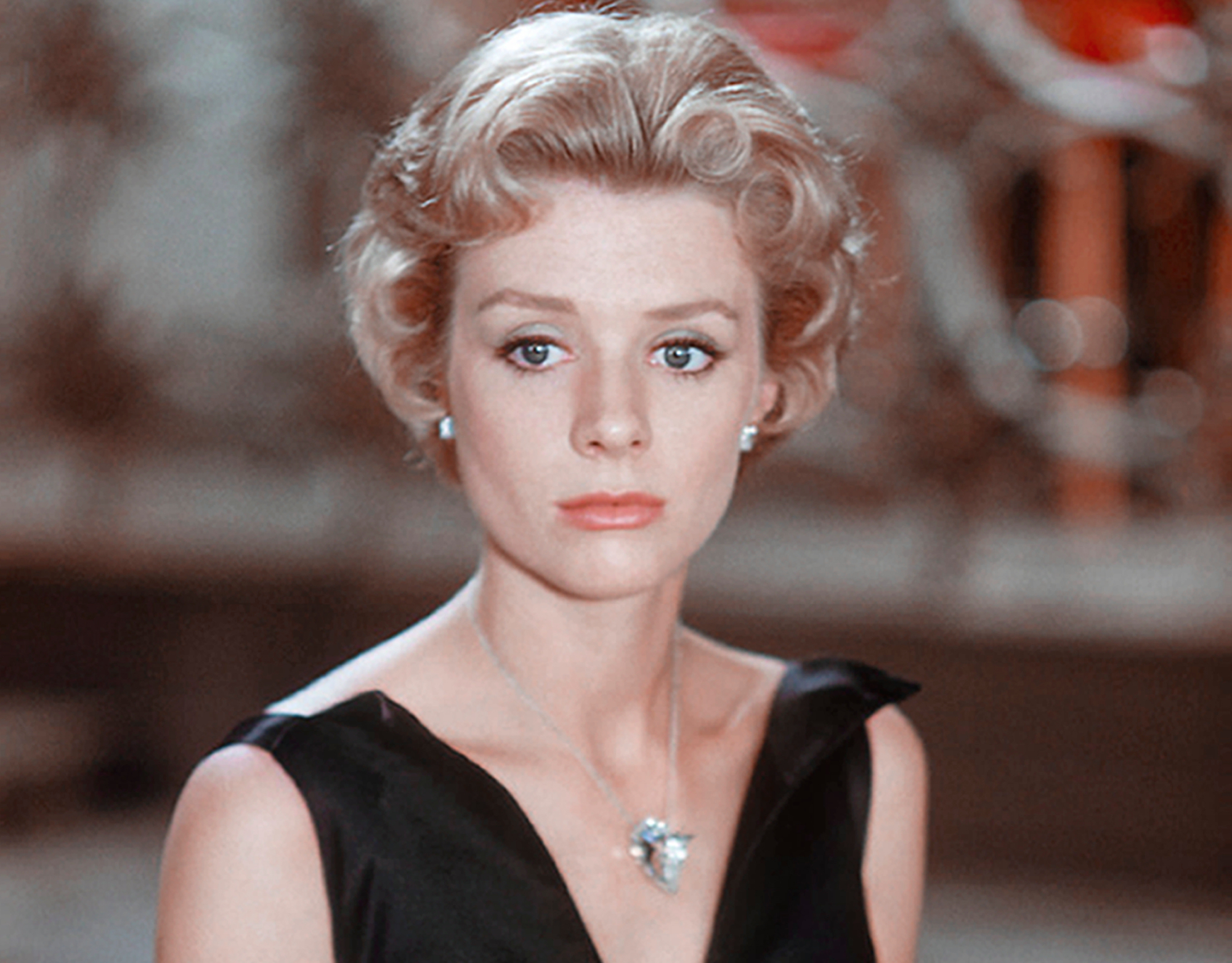 Donaldson Collection, Getty Images
Donaldson Collection, Getty Images
Anne Francis
Best known for her roles in Forbidden Planet (1956) and TV’s Honey West, Anne Francis brought a calm intensity to her performances. She made history as the first woman to headline a detective series, but unfortunately, the sci-fi label stuck. Hollywood rarely trusted her with dramatic, emotionally rich material.
 Trailer screenshot, Wikimedia Commons
Trailer screenshot, Wikimedia Commons
Shirley Anne Field
British cinema embraced Shirley Anne Field for her naturalism and grit. She stood out in Saturday Night and Sunday Morning (1960) and other realist dramas, but US studios showed little interest in her. Distribution barriers and a lack of contracts kept her work largely unseen overseas.
 The Incredible Journey of Shirley Anne Field: Documentary by Cinestesya
The Incredible Journey of Shirley Anne Field: Documentary by Cinestesya
Pamela Tiffin
Although Tiffin spoke multiple languages, which could have been an asset, studios continued to cast her primarily for her looks. Eventually, she moved to Italy, where deeper and more varied roles awaited. During her time, she starred in amazing pictures like One, Two, Three (1961), often stealing scenes with charm.
 One, Two, Three (1961) Trailer HD | James Cagney | Pamela Tiffin by Film Trailer Channel
One, Two, Three (1961) Trailer HD | James Cagney | Pamela Tiffin by Film Trailer Channel
Delphine Seyrig
What happens when an actress chooses principle over popularity? She creates work that outlasts trends. Delphine Seyrig refused US studio contracts and became a feminist voice in French cinema. Though her roles earned critical praise, broader recognition didn’t come until long after her bold choices.
Maggie Smith
Even though she won the Oscar for The Prime of Miss Jean Brodie (1969), Smith’s most consistent recognition came from the stage. In Britain, she was a revered Shakespearean actress. In the US, she received mostly supporting roles—until Downton Abbey brought her a new global spotlight.
 Maggie Smith #21 - The Prime of Miss Jean Brodie (1969) - A teacher, first, last and always by E0T0
Maggie Smith #21 - The Prime of Miss Jean Brodie (1969) - A teacher, first, last and always by E0T0
Tina Louise
Studios saw her only as a comedic figure after Gilligan’s Island, but Tina Louise had started with far more serious work. She built her early film resume with God’s Little Acre (1958) and The Hangman (1959). Though she distanced herself from the sitcom, its image persisted.
 TINA LOUISE in "God's Little Acre" (1958) by WarrenParkwoodLinden
TINA LOUISE in "God's Little Acre" (1958) by WarrenParkwoodLinden
Anjanette Comer
Studios failed to establish a lasting career for Anjanette Comer, and she gradually transitioned into television movies. Although critics praised her range and presence, meaningful roles never followed. She starred opposite Paul Newman in Hombre (1967), a film that had promised a brighter future.
 Braverman-Mirsch Public Relations, Los Angeles, Wikimedia Commons
Braverman-Mirsch Public Relations, Los Angeles, Wikimedia Commons
Marianne McAndrew
Her performance as Irene Molloy in Hello, Dolly! (1969) was poised to launch a bright film career. Marianne McAndrew had the voice and screen charm, yet she received few opportunities after. Despite a promising debut, she quickly faded into guest TV appearances and supporting parts.
 Ribbons Down My Back - Marianne McAndrew dubbed by Melissa Stafford by WolfGirl04
Ribbons Down My Back - Marianne McAndrew dubbed by Melissa Stafford by WolfGirl04

